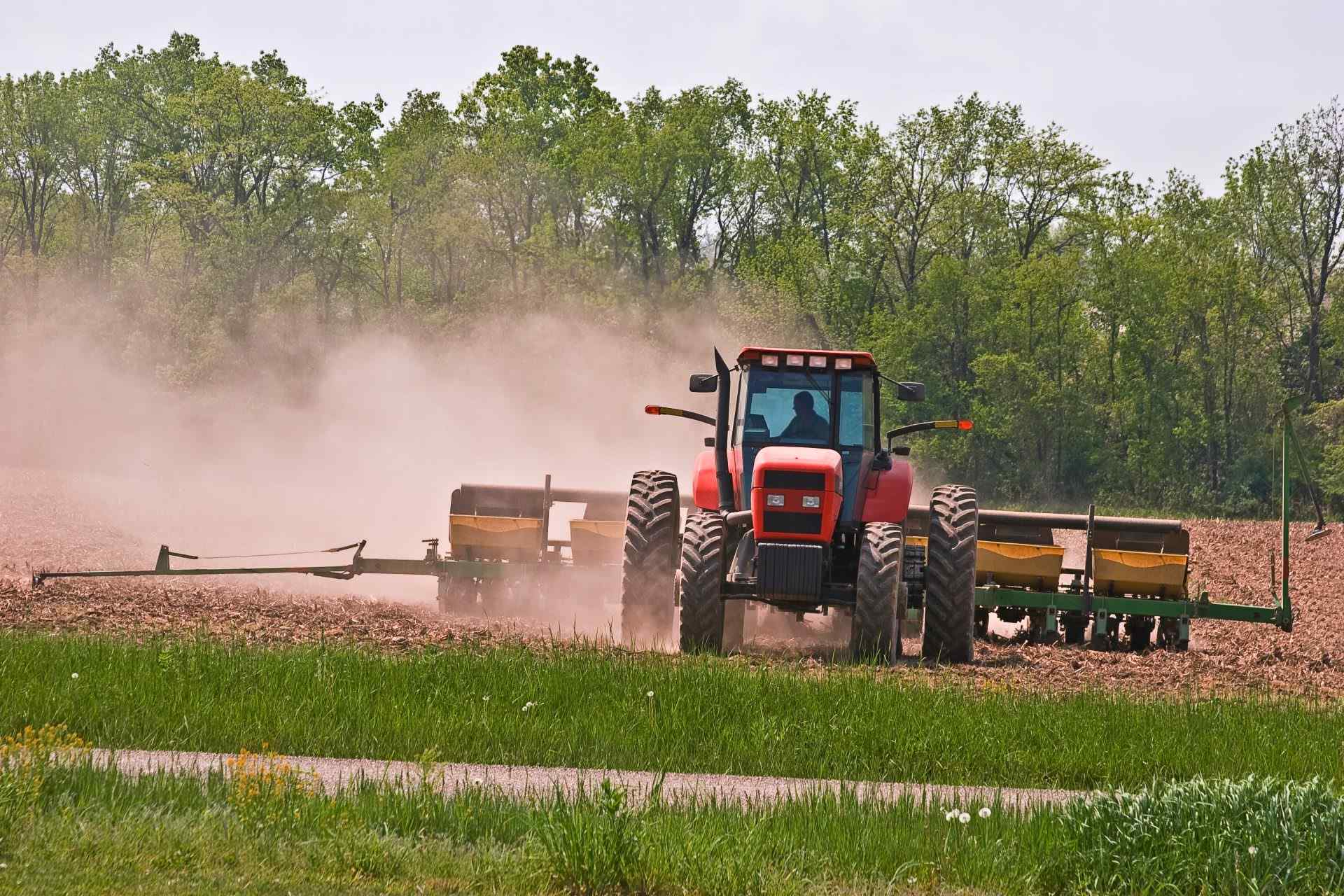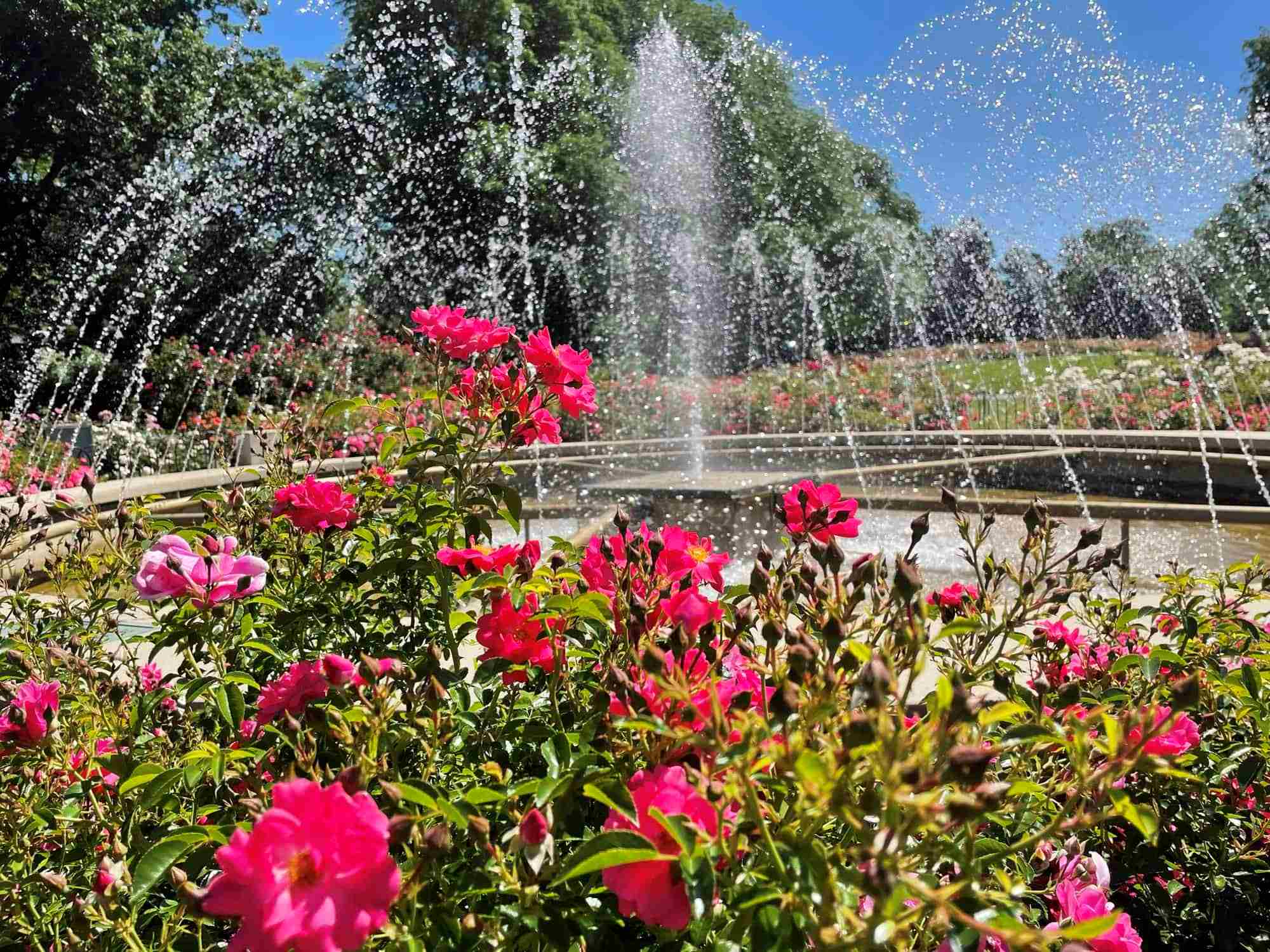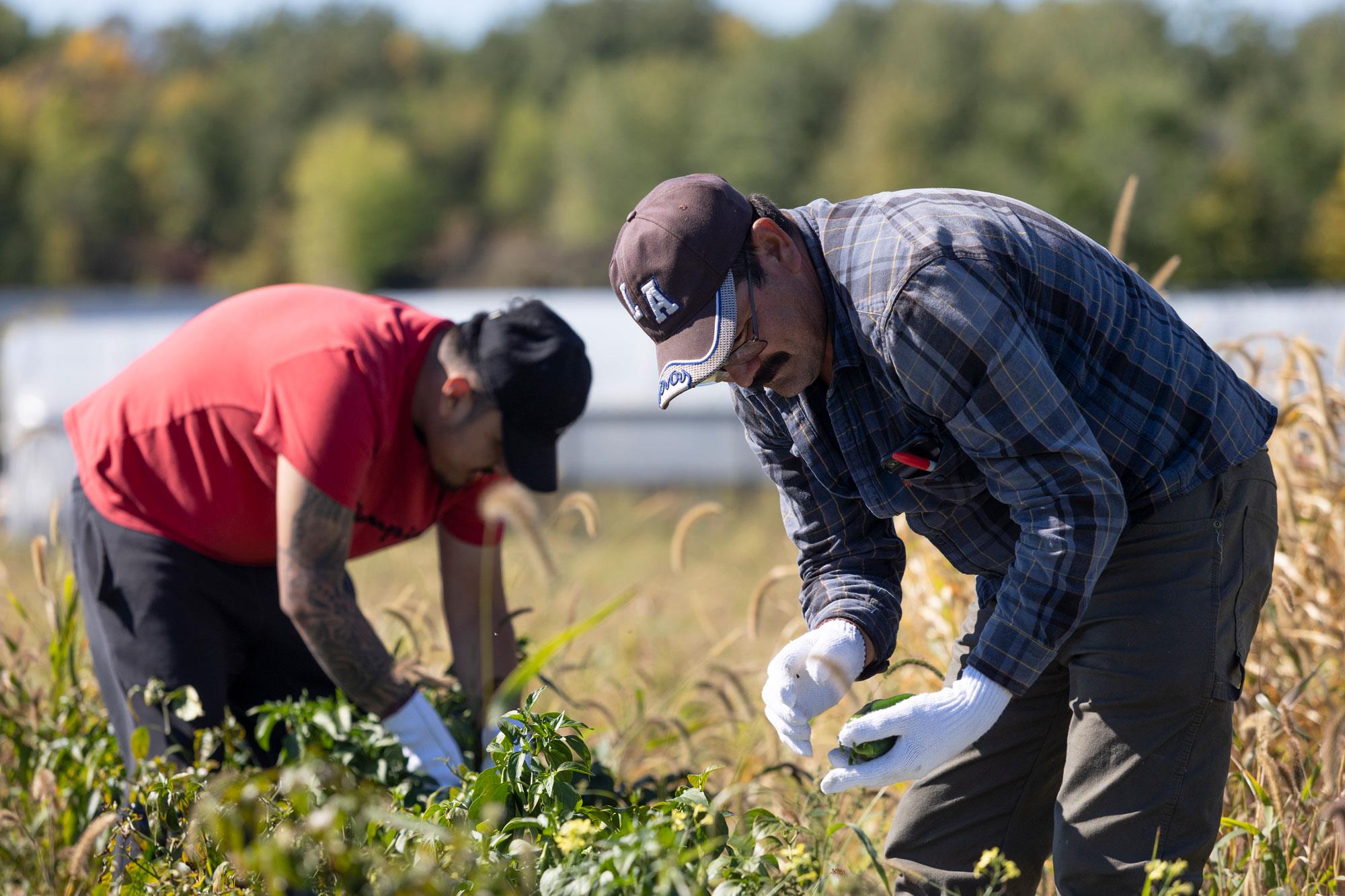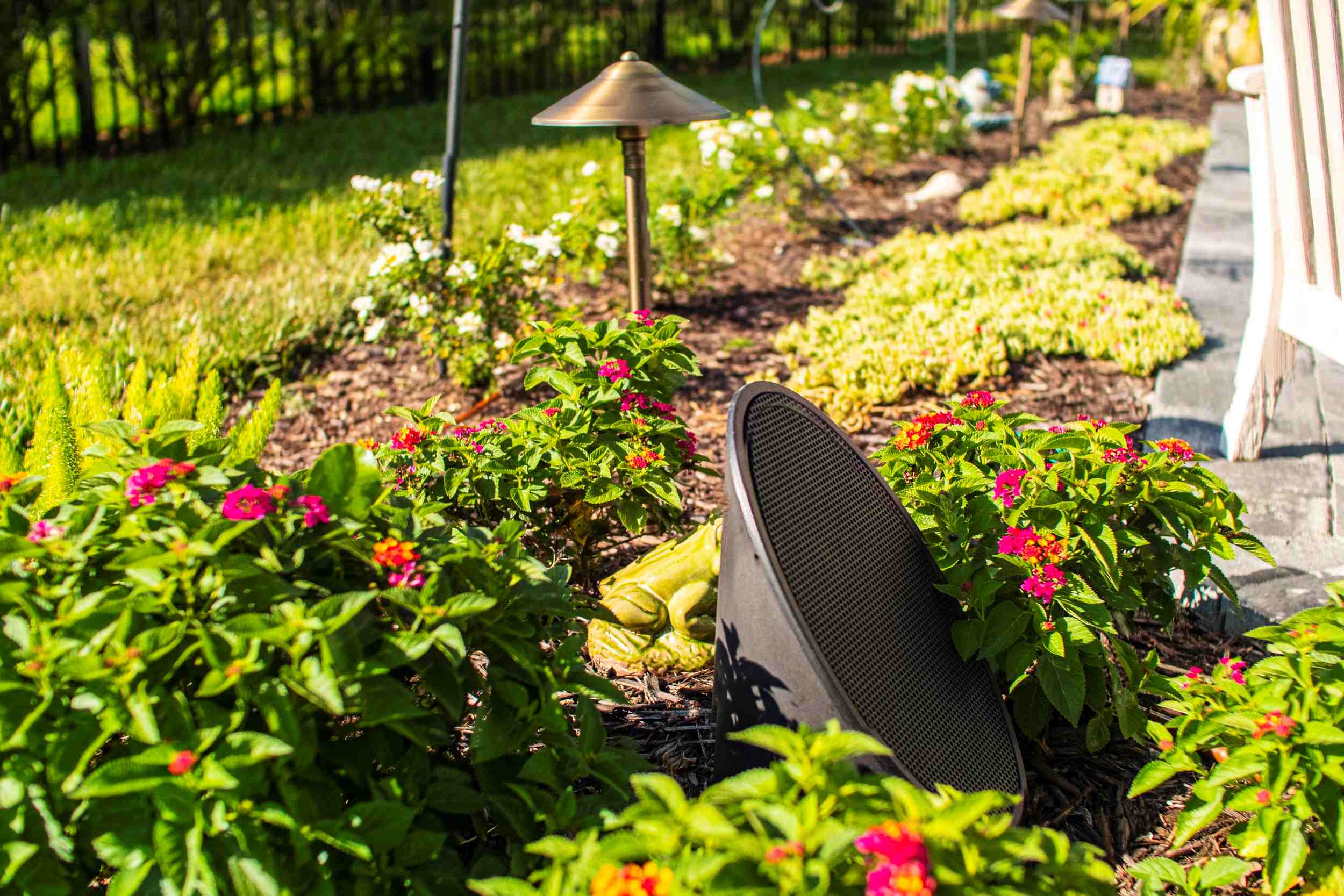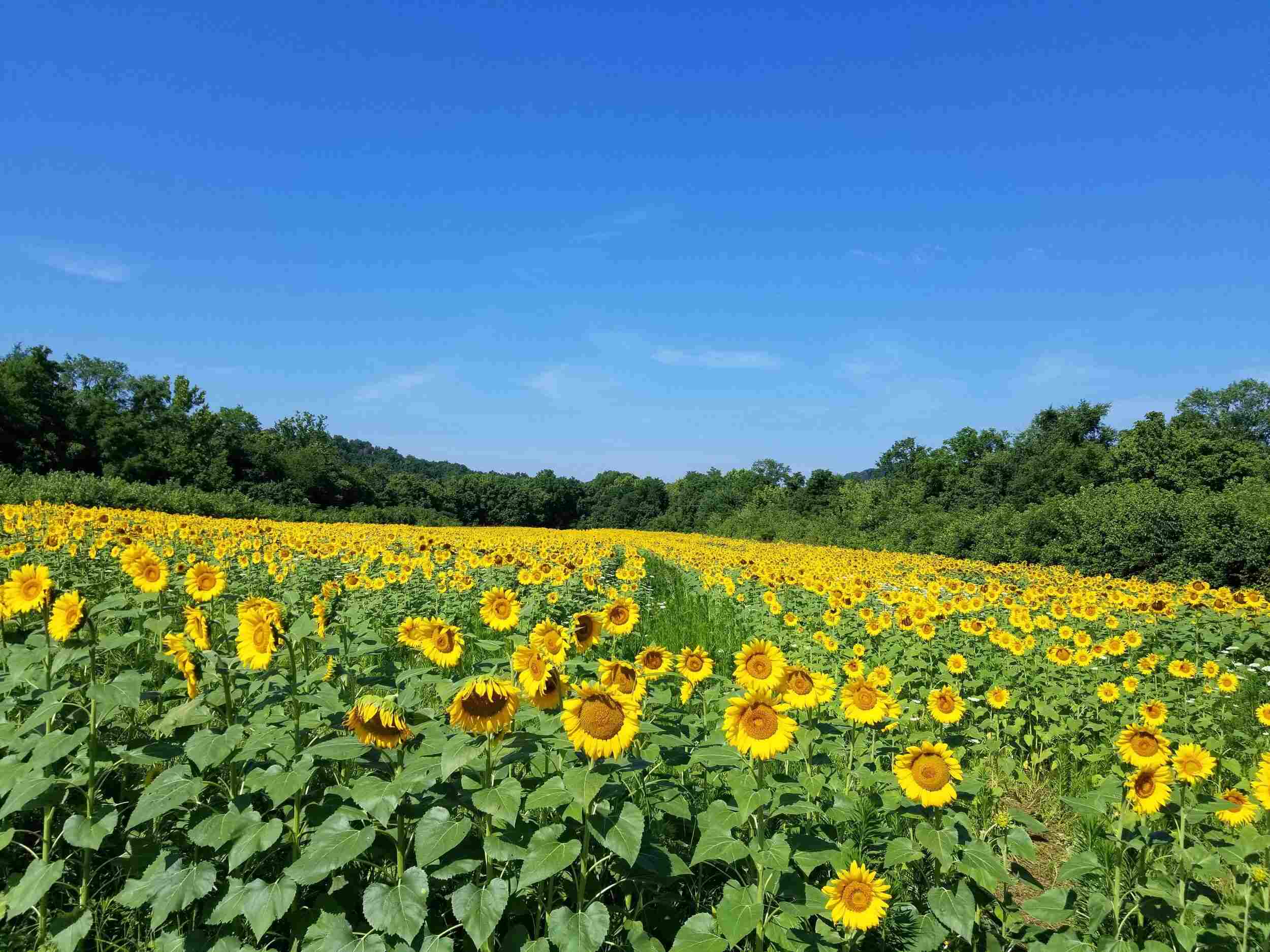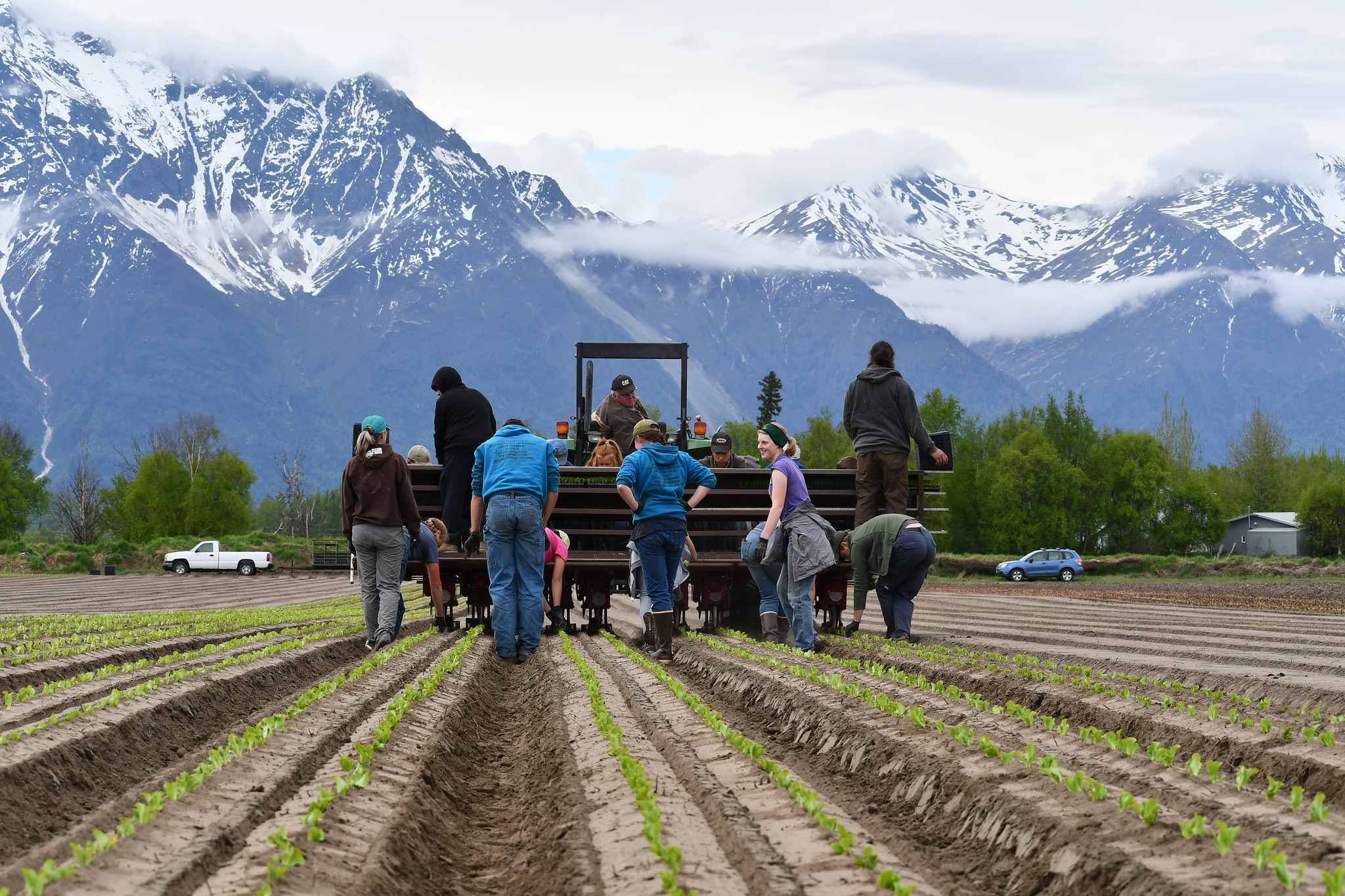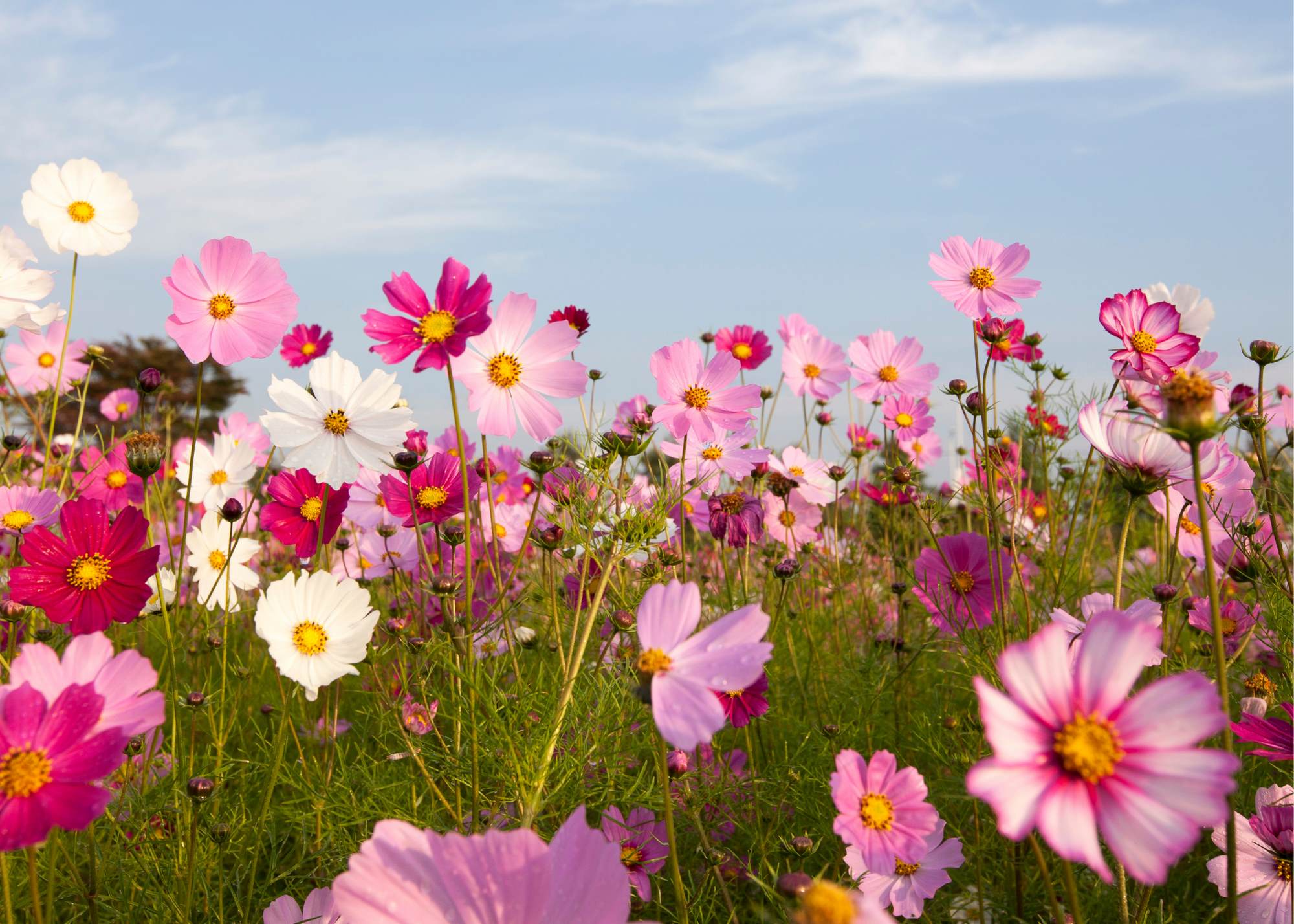Home>Gardening Basics>Understanding Soil>What Planting Zone Is Dallas Texas
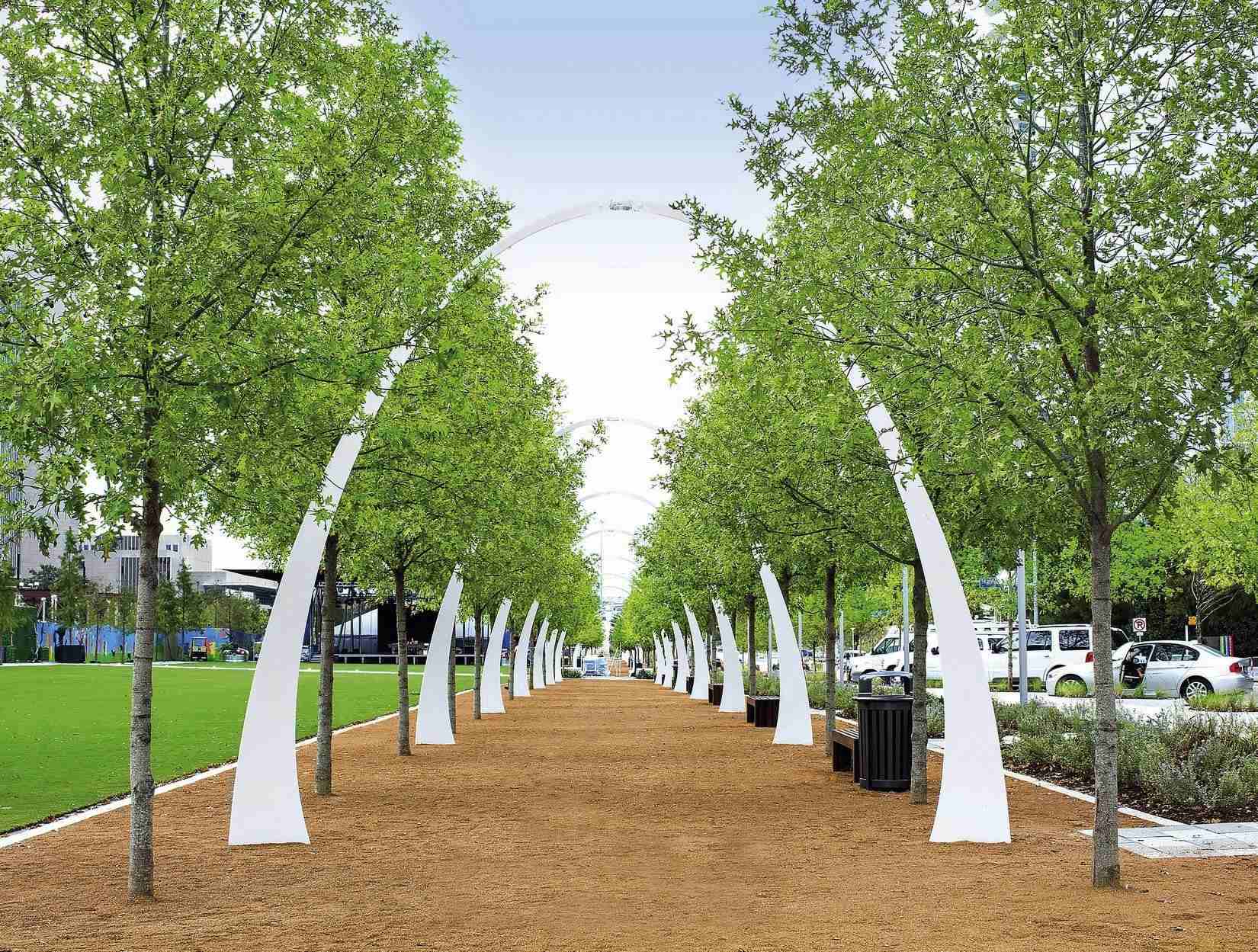

Understanding Soil
What Planting Zone Is Dallas Texas
Modified: January 22, 2024
Find out what planting zone Dallas, Texas is in and gain a better understanding of soil conditions for successful gardening.
(Many of the links in this article redirect to a specific reviewed product. Your purchase of these products through affiliate links helps to generate commission for Chicagolandgardening.com, at no extra cost. Learn more)
Table of Contents
Introduction
Welcome to the vibrant city of Dallas, Texas! Located in the southern United States, Dallas offers a unique blend of urban living and natural beauty. Whether you’re a seasoned gardener or just starting out, understanding the soil and planting zones in Dallas is essential for successful gardening. In this article, we will explore the concept of plant hardiness zones, determine the specific planting zone for Dallas, and provide insights into the climate conditions and recommended plants for this region.
Plant hardiness zones provide valuable information for gardeners by indicating the suitability of specific plants based on the average annual minimum temperature. This classification system, developed by the United States Department of Agriculture (USDA), divides the country into different zones based on temperature ranges. Each zone is labeled with a numerical value, and finding the correct zone for your area helps you choose plants that are more likely to thrive in your specific climate.
For Dallas, Texas, the planting zone is Zone 8a. This means that the average annual minimum temperature in Dallas falls between 10°F and 15°F (-12°C and -9.4°C). Understanding this zone is crucial when it comes to selecting plants that can withstand the local climate and thrive in the Dallas area.
With its humid subtropical climate, Dallas experiences hot summers and mild winters. The city receives ample sunlight throughout the year, making it an ideal location for a variety of plants. However, it is important to choose plants that are well-suited to the unique climate conditions in Dallas to ensure their success.
In the following sections, we will delve deeper into the specific climate conditions in Dallas and provide a curated list of recommended plants that thrive in this region. So, whether you’re looking to add some color to your garden, grow your own fruits and vegetables, or create a lush landscape, this article will serve as a guide to help you navigate the world of gardening in Dallas, Texas.
Understanding Plant Hardiness Zones
Plant hardiness zones are a valuable tool for gardeners to determine which plants are best suited to their specific region. These zones are based on the average annual minimum temperature and provide a general guideline for selecting plants that can thrive in a particular area.
The concept of plant hardiness zones was developed by the United States Department of Agriculture (USDA) as a way to categorize different regions based on their climatic conditions. This classification system divides the country into 13 zones, ranging from Zone 1 (with the coldest temperatures) to Zone 13 (with the warmest temperatures).
When selecting plants for your garden, it is important to choose those that are within the appropriate hardiness zone for your region. This ensures that the plants can withstand the lowest temperatures typically experienced in your area and are more likely to survive and thrive.
Plant hardiness zones are determined based on the average annual minimum temperature, which is the lowest temperature expected in a given area. This information is gathered from historical data and helps gardeners understand the typical climate conditions in their region.
It is important to note that while plant hardiness zones provide a useful guideline, they are not the only factor to consider when choosing plants for your garden. Other factors such as soil type, humidity, sunlight, and rainfall also play a significant role in plant growth and survival.
Gardening outside of your designated hardiness zone can be challenging, as plants that are not adapted to the local climate may struggle to survive. They may be more susceptible to diseases, pests, and cold damage. However, it is not impossible to grow plants outside of their designated zone with proper care and attention.
By understanding your plant hardiness zone, you can make informed decisions when selecting plants for your garden. This knowledge allows you to choose plants that are well-suited to your specific climate and increase the chances of a successful and thriving garden.
Determining the Planting Zone for Dallas, Texas
When it comes to gardening in Dallas, Texas, understanding the specific planting zone is crucial for selecting the right plants that are well-suited to the local climate. The United States Department of Agriculture’s (USDA) plant hardiness zone map divides the country into different zones based on the average annual minimum temperature. To determine the planting zone for Dallas, we need to refer to this map and gather some information about the area.
Dallas, Texas falls into Zone 8a on the USDA plant hardiness zone map. This means that the average annual minimum temperature in Dallas ranges from 10°F to 15°F (-12°C to -9.4°C). This information allows gardeners in Dallas to choose plants that can withstand the specific climatic conditions experienced in the region.
Knowing your planting zone provides valuable insights into the thermal limitations that plants can tolerate, helping you to select plants that have the best chances of survival and growth. In Zone 8a, you can confidently choose from a wide range of plants, including various trees, shrubs, flowers, and vegetables, that are well-adapted to the climate in Dallas.
It’s important to keep in mind that the USDA plant hardiness zone map serves as a useful guideline, but it’s not the only factor to consider when choosing plants for your garden in Dallas. Other factors, such as soil type, sunlight exposure, rainfall patterns, and local microclimates, also play a significant role in plant success.
Gardening in Dallas offers a unique set of challenges and opportunities. The hot summers and mild winters, coupled with ample sunlight, create an environment conducive to a wide variety of plant species. However, it’s essential to consider the specific requirements of each plant, such as water needs and sun tolerance, to ensure optimal growth and health.
By understanding and considering the planting zone for Dallas, Texas, you can make informed decisions about which plants to include in your garden. This knowledge allows you to select plants that are well-adapted to the local climate, increasing the chances of a thriving and beautiful garden.
Climate Conditions in Dallas, Texas
Dallas, Texas is known for its hot summers and mild winters, making it a unique climate for gardening. Understanding the specific climate conditions of the region is essential for selecting plants that can thrive in Dallas. Let’s take a closer look at the climate factors that influence gardening in this vibrant city.
Temperature: Dallas experiences a humid subtropical climate, characterized by hot and humid summers. Average high temperatures in summer can reach the mid to upper 90s°F (32-37°C), while average lows in winter range from the mid 30s°F to low 40s°F (1-6°C). It’s important to consider these temperature ranges when choosing plants, ensuring they can tolerate both the heat of summer and the occasional frost in winter.
Precipitation: Dallas receives moderate rainfall throughout the year, with higher precipitation levels in the spring and fall months. The average annual rainfall is around 37 inches (94 cm), providing much-needed moisture for plants. However, it’s important to note that periods of drought can occur, particularly during the hot summer months. Supplemental watering may be necessary to maintain optimal plant health during dry spells.
Sunlight: Dallas enjoys abundant sunlight year-round, with an average of 232 days of sunshine annually. This ample sunlight provides an opportunity to grow a wide variety of sun-loving plants. However, it’s crucial to consider the sun exposure of your garden area and select plants accordingly. Some plants may require partial shade or protection from intense afternoon sun to prevent sunburn and heat stress.
Soil: The soil in Dallas is primarily clay-based, which can present challenges for gardeners. Clay soil tends to retain water, resulting in slow drainage. It can also become compacted, making it difficult for plant roots to penetrate. Amending the soil with organic matter, such as compost, can improve drainage and provide essential nutrients for plant growth.
Microclimates: Dallas is a large metropolitan area with variations in microclimates. Factors such as proximity to bodies of water, urban heat island effect, and elevation can influence the local climate within different parts of the city. It’s important to consider these microclimates when selecting plants, as they may have unique temperature and moisture conditions.
By understanding the climate conditions in Dallas, you can select plants that are better suited to the specific environmental factors. Heat-tolerant plants, drought-resistant varieties, and those that can withstand occasional frost will have a higher chance of thriving in this dynamic climate. With proper care and attention, your garden in Dallas can provide beauty and enjoyment throughout the seasons.
Recommended Plants for Dallas, Texas
Dallas, Texas offers a favorable climate for a wide variety of plants, thanks to its hot summers, mild winters, and abundant sunlight. There are numerous options to choose from when it comes to selecting plants that will thrive in Dallas. Here are some recommended plant choices that are well-suited to the specific climatic conditions of this vibrant city:
- Crape Myrtle: Known for its colorful blooms in shades of pink, red, and white, the crape myrtle is a popular choice in Dallas. It can tolerate heat, drought, and poor soil conditions, making it a low-maintenance option for adding beauty to your garden.
- Texas Sage: Also known as Texas ranger or barometer bush, Texas sage is a drought-tolerant shrub that produces beautiful purple or white flowers. It thrives in full sunlight and is well-adapted to the heat and arid conditions of Dallas.
- Lantana: Lantana is a versatile plant that comes in a variety of vibrant colors, including red, orange, yellow, and purple. It is known for attracting butterflies and can handle both heat and drought. Lantana is an excellent choice for adding a pop of color to your garden.
- American Beautyberry: This native shrub is known for its clusters of bright purple berries that adorn the plant in late summer and fall. It can tolerate a range of soil types and is well-suited to the Dallas climate.
- Black-Eyed Susan: Black-eyed Susans are cheerful, daisy-like flowers that bloom in vibrant shades of yellow and gold. They are heat-tolerant and can add a burst of color to your garden beds or borders.
- Tomatoes: If you’re looking to grow your own vegetables, tomatoes are a great choice for Dallas. They thrive in the warm temperatures and can be grown in containers or in the ground with proper sunlight and watering.
These are just a few examples of the many plant options that are suitable for Dallas, Texas. When choosing plants for your garden, consider factors such as water needs, sun exposure, and soil requirements to ensure optimal growth and success. Additionally, don’t forget to explore native plants, as they are well-adapted to the local climate and can provide ecological benefits to the surrounding area.
Gardening in Dallas is an opportunity to embrace the unique climate conditions and create a visually stunning and thriving outdoor space. With the right plant choices and proper care, you can enjoy a beautiful garden that enhances the natural beauty of the city and provides you with joy and satisfaction throughout the seasons.
Conclusion
Gardening in Dallas, Texas is an exciting endeavor that allows you to embrace the unique climate conditions of the region. By understanding the plant hardiness zone, climate conditions, and recommended plants for Dallas, you can create a thriving and visually stunning garden that enhances the natural beauty of the city.
Plant hardiness zones provide valuable information for selecting plants that can withstand the lowest expected temperatures in a specific area. In the case of Dallas, the city falls within Zone 8a, which means that plants chosen for this region should be able to tolerate temperatures ranging from 10°F to 15°F (-12°C to -9.4°C).
The climate conditions in Dallas, characterized by hot summers, mild winters, abundant sunlight, and clay-based soil, pose both opportunities and challenges for gardeners. It’s crucial to choose plants that are well-suited to the specific environmental factors of the region, such as heat tolerance, drought resistance, and adaptability to clay soil.
Recommended plants for Dallas include crape myrtle, Texas sage, lantana, American beautyberry, black-eyed Susan, and tomatoes among many others. These plants are known to thrive in the Dallas climate, providing beauty, color, and even food for your garden.
Remember, gardening is not only about selecting the right plants, but also about providing proper care, such as watering, fertilizing, and pruning, tailored to the specific needs of each plant. Monitoring your garden closely and making adjustments as necessary will help ensure its long-term success.
So, whether you’re a seasoned gardener or a beginner, don’t be afraid to get your hands dirty and explore the world of gardening in Dallas, Texas. With the right knowledge, preparation, and plant selection, you can create a flourishing garden that brings joy, beauty, and a touch of nature to your surroundings.
